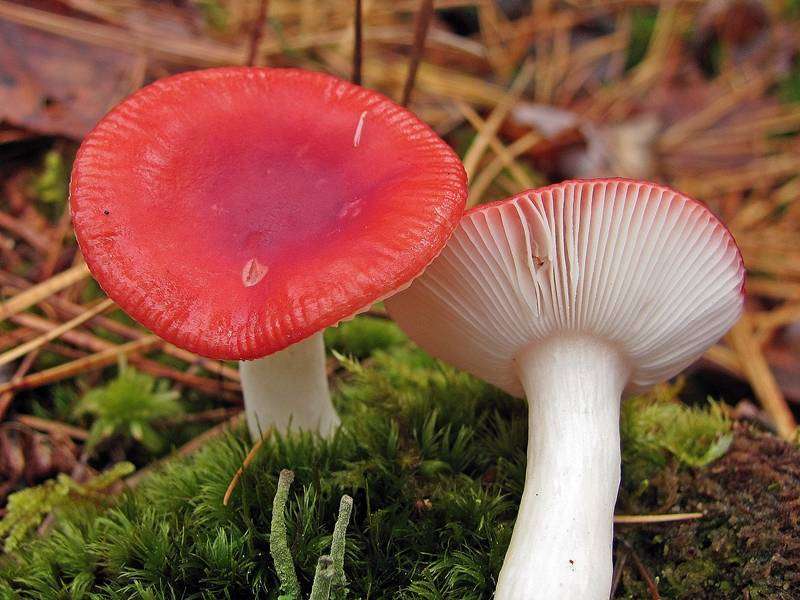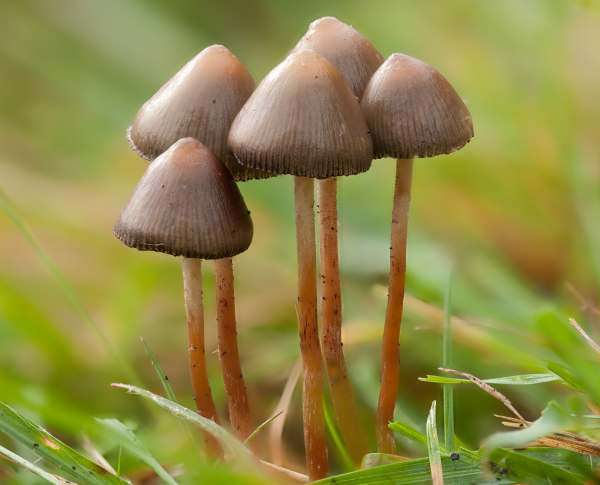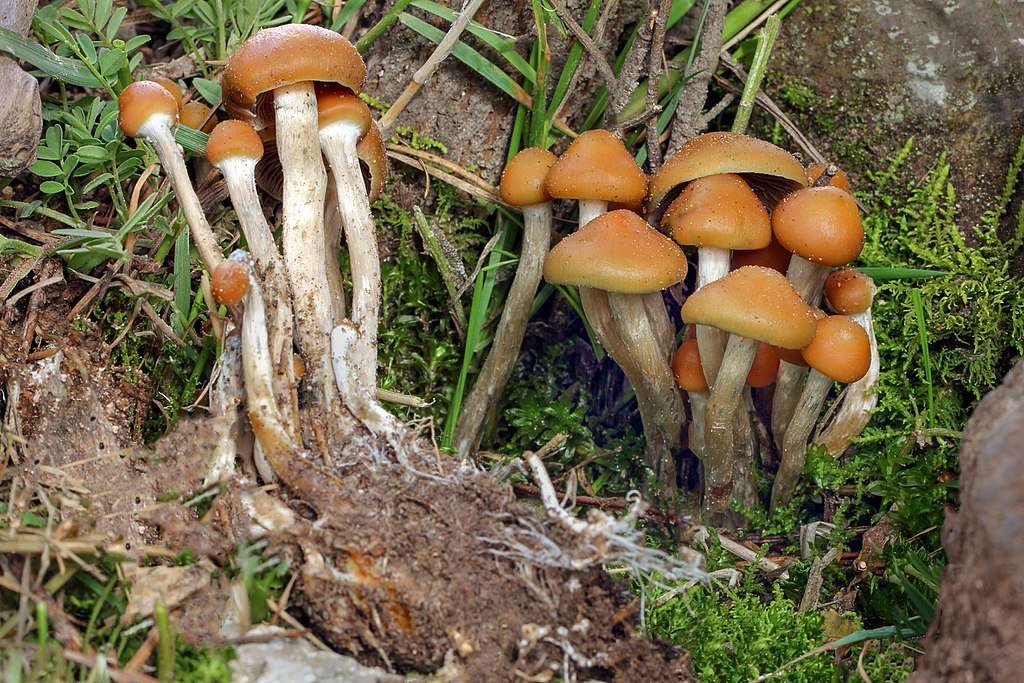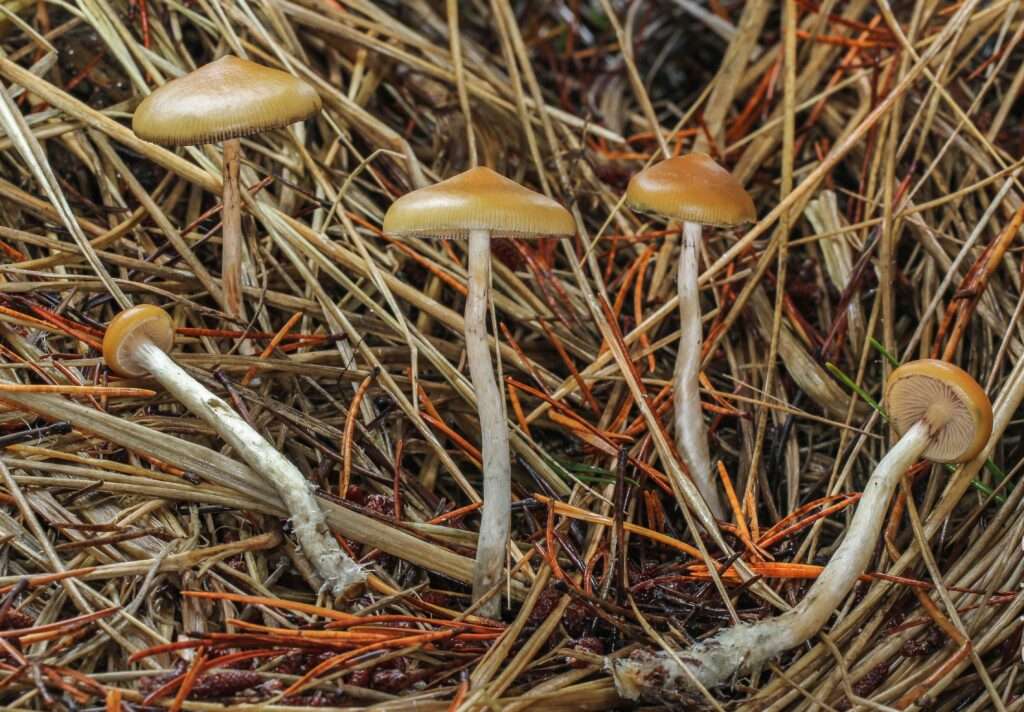
Scientific name
Russula emetica
Description
Russula emetica is generally known as “the sickener or vomiting russula”. It features a crimson-colored and convex to flat crown that can be up to 7- 8 cm in diameter and a cuticle that is almost completely peel-able. Their gills are tightly spaced and are white-pale cream in color. A stem that is smooth and white can be up to 10.5 cm in length and 2.4 cm in width. The surface of the spores is heavily warted and somewhat reticulate. they are broadly elliptical in shape. Their spores are amyloid, measuring 8.8-11.0 by 6.6-8 μm.
The fragile flesh is 4–9 mm in width and white and has a very harsh, peppery flavor. Their gills are white- creamy-white, tightly spaced, and either adnate, adnexed, or entirely free from the stem. Near the cap edge, they are intervenose and sporadically forked. The fragrance of fruit bodies is mildly fruity or peppery.

Habitat
These mushrooms are widely distributed in the Northern Hemisphere. They grow on the ground in wet forests in mycorrhizal relationship with conifers, particularly pine.
Uses/Importance
Russula emetica is not as hazardous as it is occasionally depicted in older mushroom guides, the sickener is inedible. Mostly gastrointestinal in origin, the symptoms include diarrhea, nausea, vomiting, and stomach pains. Usually, these signs and symptoms appear somewhere between 30 minutes and 3 hours after eating the mushroom. It is claimed that cooking makes the bitter flavor go away and makes the food edible. When consumed raw or undercooked, the major pattern of toxicity found among Russula species so far has been gastrointestinal complaints.
Table





